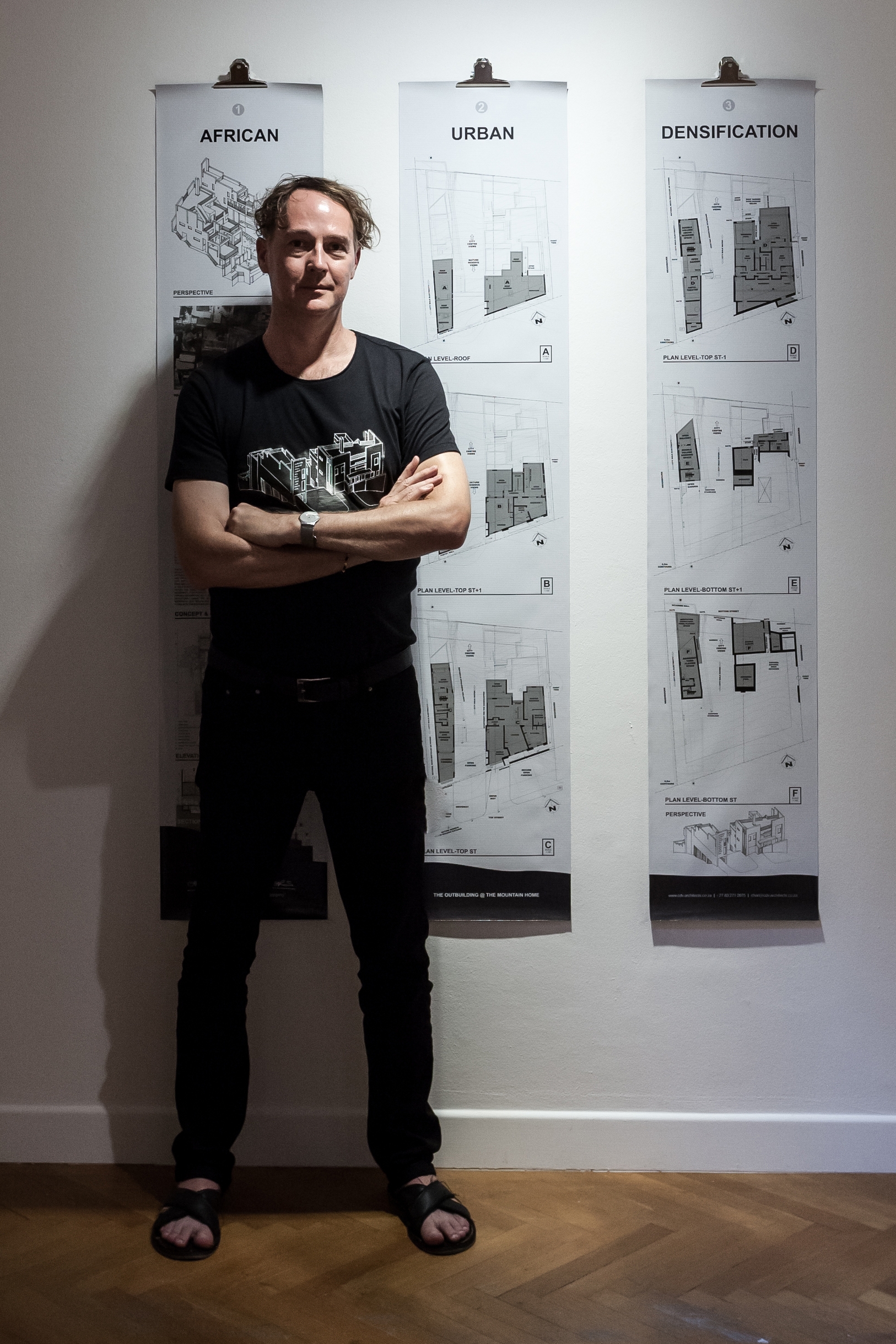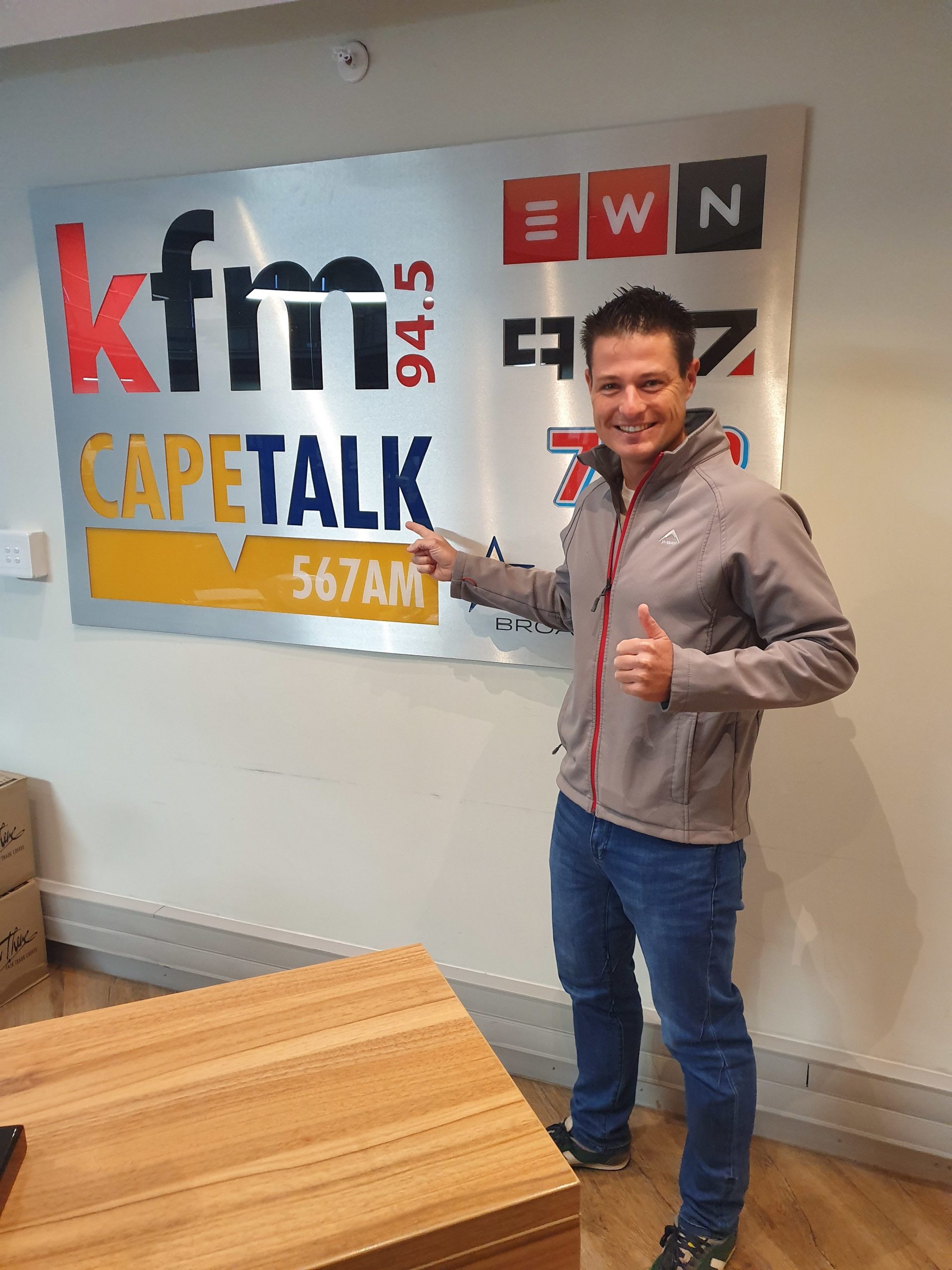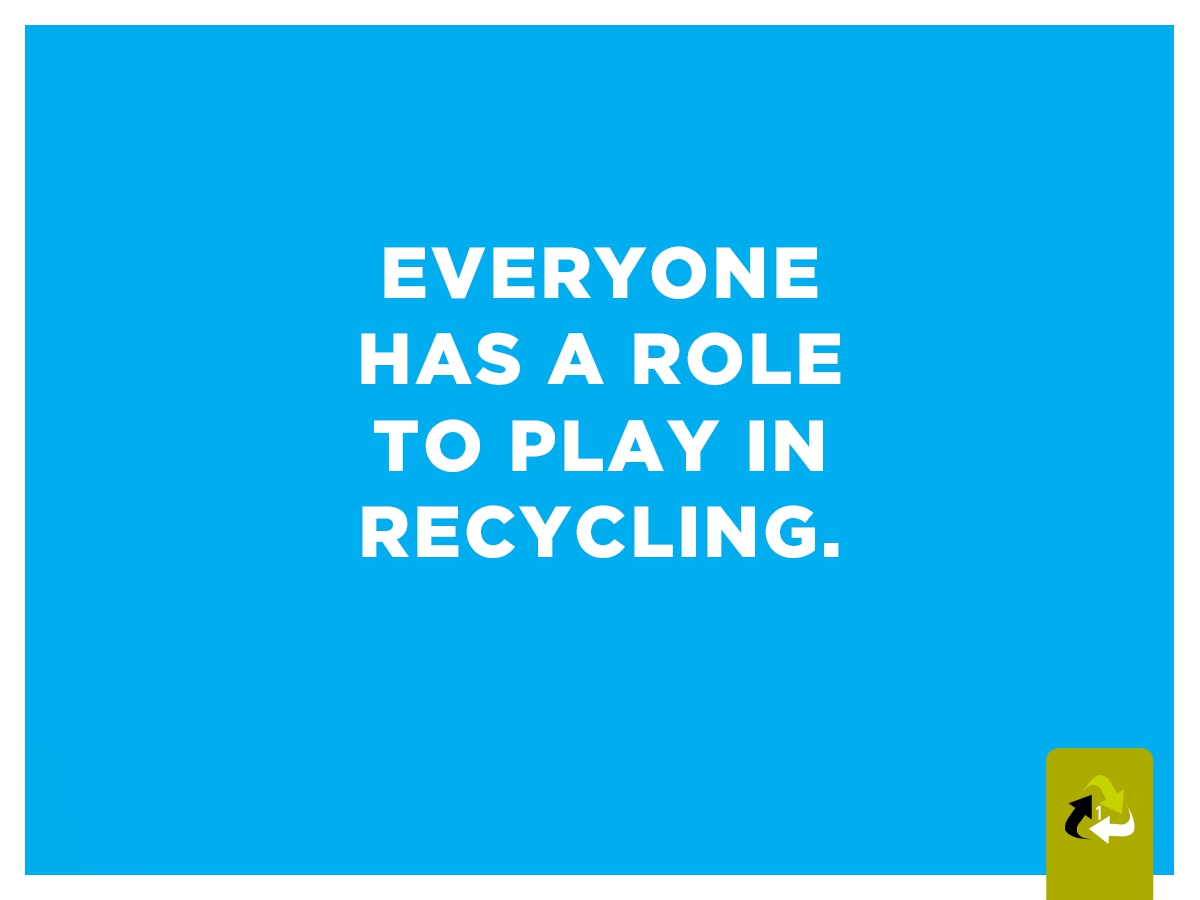
Charl de Villiers has made it to the International Architectural Biennale
Not too long ago we blogged about Charl de Villiers’ plea for sponsorship to have his architectural work be part of the International Architectural Biennale in Venice. At CN&CO we are big fans of the arts and initiatives that support the arts. Often referred to as the “Olympics of the art world”, the Venice Biennale was established in 1895 initially as a celebratory exhibition of Italian art. In the first few decades of the 20th century it established itself as THE showcase of international art and artists.
With that said, CN&CO is excited to announce that project “Mountain Home” has made its way to Venice! Charl is currently flying the South African flag high in Venice. “I’m so pleased to be able to share with you the fantastic news that funding for my participation in the Venice exhibition has become available through European sources. Thank you to you, Carel and CN&CO for the support I’ve received! Much appreciated – it was a great help to know that there was such goodwill when days were dark!” says Charl.
Read more about project “Mountain Home” below:
Background
Architect Charl de Villiers is one of only three South Africans whose work is presently on exhibition in Venice, Italy, at the Time Space Existence exhibition held in the context of the 16th International Architectural Biennale. As South Africa is sadly absent as a nation at the Biennale, with no SA national architectural presentation in place, the participation of these three individuals is of national importance to showcase this country’s architecture. Participants at the exhibition, hosted by the European Cultural Centre, include illustrious names such as Richard Meier, Peter Eisenman and Daniel Libeskind. CN&CO has been supporting Charl de Villiers in obtaining exhibition participation funding.
What is Charl presenting at the exhibition and why is this of importance?
Charl is presenting The Mountain Home, a work-in-progress residential build. The relevance of this project to the world at large is threefold: primarily it illustrates urban densification through the imaginative re-use of previously unused government land. It is also community orientated by serving an informal circle of friends by incorporating sacred secular spaces, notably a petite garden amphitheatre as well as an indigenous wetland courtyard for the purposes of silent meditation. Lastly it offers multiple-use Living, Working and Playing spaces combined.

Charl pictured with his exhibition
Charl’s Venice exhibition consists of three large vertical posters, in the manner of Chinese banners, printed on high quality Ferrari PVC. These are wall-mounted. The exhibition’s curators placed the posters strategically: as seen from a grand room, featuring life-sized male nude sculptures, the three posters on an adjacent passage wall are centrally “framed” by a grand doorway with a marble architrave, leading onto aforsaid passage, dramatically heightening the impact of the presentation.
Charl’s experience of participating in the exhibition
The exhibition is spread over several palazzos (palaces) along the Grand Canal in Venice. Arriving by private power boat taxi at Palazzo Bembo to attend the two vernissage nights (opening evenings), for the exhibition participants, their guests and the media only (no public), certainly set the party tone for the prosseco that flowed freely whilst waiters served exotic bite-sized morsels.
On a more serious note, this was an invaluable opportunity to meet like-minded souls from all over the globe and to be exposed to international contemporary art and architecture trends. According to Charl “The variety of architectural expression around the world is just astounding. This of course reflects the unique contexts that various architects work in, influenced by climate, politics and more. Whilst several internationally famous architects presented major projects, airports for example, the exhibition organisers, Dutch foundation GAA, also selected a number of smaller projects by regional architects, such as my work. Other regional projects that appealed to me were a student hostel in Tokyo with coffin-like timber-build sleeping spaces, elegant and highly functional and carefully crafted using top-notch carpentry ensuring dignity notwithstanding the confinement. Also a room, by Thai architects, pitch dark and featuring video projectors, showing meditative clips of buildings seamlessly integrated with nature scenes. The room was filled with numerous vertically suspended strips of as-good-as-transparent silk fabric, through which the projectors projected the videos onto the walls. As one moved through this space, one was caressed by rustling silk in the dark – a very tactile almost erotic experience.”

Palazzo where the exhibition is displayed
What new vision has Charl gained from being exposed to current global trends? “The importance of the use of models, many unashamedly hand-crafted! As a student I loved building models, and that fell by the wayside as slick 3D computer renderings became the norm in developing and presenting architectural design in SA. Models have such an immediate appeal, clearly illustrating the design at a single glance and the impact on the viewer only deepens as one ponders the models – they often keep the viewer more intensely engaged than 3Ds may.”
What feedback has Charl received as regards his work on exhibition? “There is an appreciation for the regional design language which I’ve used whilst designing the Mountain Home, a variant of International Modernism known as so-called Transvaal Modernism. Architect Norman Eaton in Pretoria is a prime example of this style which is characterised by the lack of applied ornamental adornment and the authentic use of basic honest materials such as concrete and kiln-fired selected stock bricks. Also by the use of flat roofs and facades carefully composed of large rectangular and square walls and windows surfaces, all very linear.”
Event Details
The Time Space Existence exhibition is on up to 25 November 2018, from 10.00 – 18.00, free of charge. Closed on Tuesdays. Primary venue: First Floor, Palazzo Bembo (at the Rialto Bridge), Venice, Italy www.europeanculturalcentre.eu






